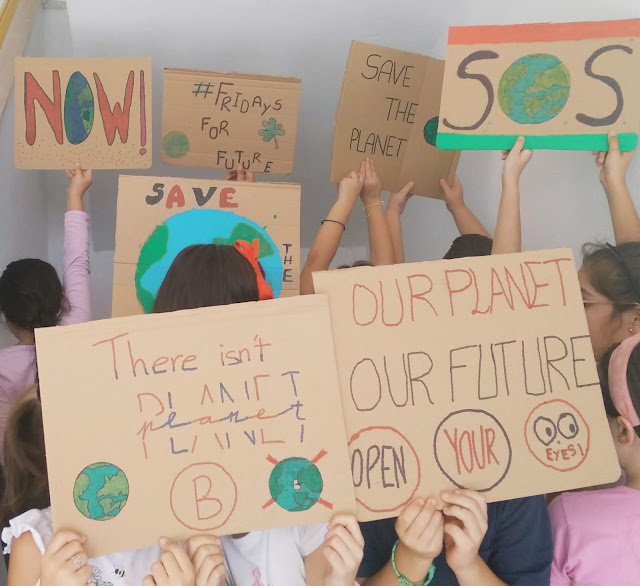Con el objetivo de conocer el relieve de España, uno de los territorios de Europa con mayor altitud media por la gran cantidad de montañas y cordilleras que posee , hemos realizado un Proyecto de trabajo.
Para llevarlo a cabo nos hemos inspirado en los pasos del Proyecto ABP descritos en la web del pupitre a las estrellas.
En primer lugar , localizamos los elementos más importantes del relieve en un mapa formato papel utilizando fuentes bibliográficas o recursos digitales y los visualizamos además en la pizarra digital.
A continuación dividimos la clase en grupos de 3 o 4 alumnos y alumnas, reflexionan sobre el material que van a utilizar para realizar su proyecto , lo preparan y comienzan a pintar y a poner capas de plastilina con diferentes altitudes .
El siguiente paso es la identificación de cada uno de los elementos del relieve con banderines fabricados con palillos y cartulina de colores.
Una vez terminada su maqueta han preparado su exposición atendiendo a unas pautas establecidas y lo han expuesto ante sus compañeros y compañeras de clase con el objetivo de desarrollar la competencia comunicativa del alumnado.
Además aumenta la autoestima de los alumnos, su motivación e interés, mejora la autonomía y responsabilidad y la independiente de sus decisiones.
JUEGO


























































